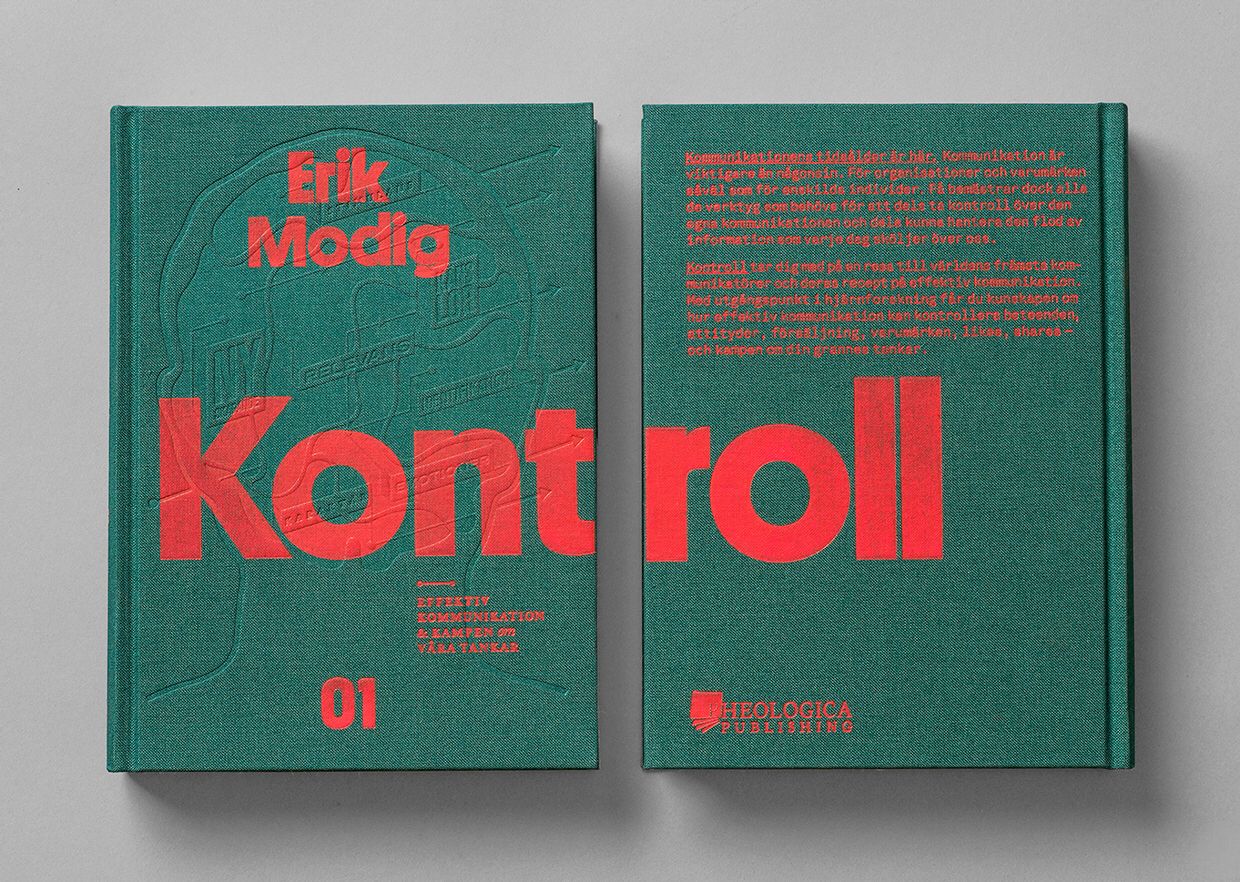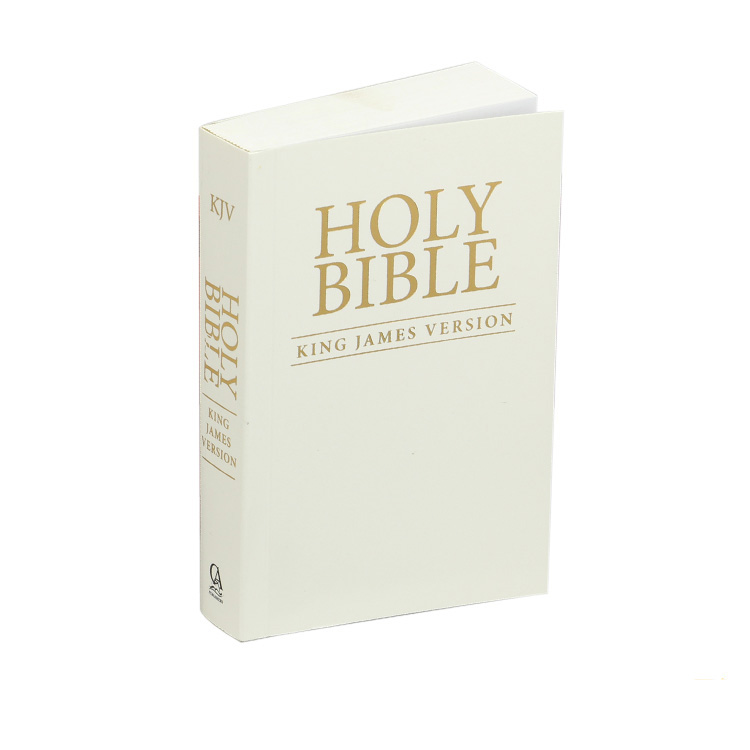5 кључних предности штампаних књига на захтев за ауторе и читаоце
Are you an author seeking an efficient and flexible way to publish, or a reader searching for unique, hard-to-find books? The print-on-demand (POD) model has revolutionized book publishing, allowing greater flexibility and accessibility than ever before. As POD technology advances, both authors and readers are reaping the benefits, and the book printing industry is forever transformed. In this article, we’ll explore how print-on-demand books are changing the landscape and why they are becoming essential in today’s publishing market.
Садржај
What are Print-On-Demand Books?
Print-on-demand (POD) is an innovative book publishing process where books are printed only after an order is placed, rather than producing large print runs upfront. This not only minimizes costs associated with storage but also reduces waste, making it an ideal option for independent authors, publishers, and even traditional publishing houses looking to optimize their operations. POD is rapidly growing as a popular choice for book and magazine printing, bringing advantages for those seeking more sustainable and economically viable publishing options.
POD printing enables authors to upload their manuscripts digitally, which are then available for readers to order on demand. Once an order is placed, the book is printed and shipped directly to the reader, providing a seamless experience from manuscript to bookshelf. This streamlined process is highly efficient, cutting out middle steps and allowing authors to share their work more widely without upfront risks or heavy financial commitments.
Why Print-On-Demand Books Are Popular Globally
The demand for POD books is on the rise around the world, and for good reason. In regions like Australia, POD has offered a flexible publishing alternative, empowering local authors to retain more control over their work while expanding the availability of diverse content. For authors, it removes the risks of overprinting or unsold stock, while readers benefit from access to a broader range of books that might not be widely available in traditional bookstores.
By catering to niche markets, print-on-demand enables more personalized, exclusive publications to reach dedicated audiences—think limited edition prints, customized content, or region-specific titles. The relatively low cost and high efficiency of POD allow authors to bring unique content to life in ways that previously might not have been financially feasible.
5 Significant Benefits of Print-On-Demand Books
Now, let’s explore the primary benefits of POD, whether you’re an author or a reader looking for specific content:
1. Cost-Effective for Authors and Publishers
One of the greatest advantages of POD for authors and publishers is the ability to produce books on an as-needed basis, effectively reducing financial risk.
- Reduced Upfront Costs: Traditional publishing requires large print runs, which can lead to significant upfront expenses. With POD, authors don’t need to pay for mass production, making it easier to manage budgets.
- Lower Storage Needs: Since books are printed only when ordered, there is no need to store unsold copies, which reduces warehousing costs significantly.
- Greater Publishing Flexibility: For authors wishing to experiment with various titles or genres, POD offers a flexible solution without major investment. This allows for testing ideas without the risk of substantial financial loss.
2. Eco-Friendly Publishing Solution
Sustainability has become a top priority across industries, and POD aligns well with environmentally conscious values.
- Reduction in Waste: With POD, books are only printed when there is demand, minimizing the issue of excess inventory and reducing paper waste.
- Lower Carbon Footprint: The localized nature of POD can help reduce emissions tied to long-distance shipping, as books are often printed close to the reader’s location.
- Optimized Resource Use: The print-on-demand model uses fewer resources, making it a greener publishing option compared to traditional methods that rely on large print runs and subsequent storage needs.
3. Enhanced Reader Experience and Flexibility
POD brings a unique advantage to readers as well, allowing them access to books that may otherwise be out of reach.
- Broad Selection of Titles: Readers can explore a wide array of titles, including niche genres or limited-edition prints, that may not be available in traditional bookstores.
- Fast Delivery: With shorter production times and efficient fulfillment, readers can receive new or rare books quickly without the traditional wait times of large print runs.
- Personalized Options: POD enables customization, so readers looking for exclusive or personalized content can order books that align with their specific tastes and preferences.
4. Faster Time-to-Market for Authors
In today’s fast-paced market, timing is essential, and POD allows authors to get their work to readers swiftly.
- Quicker Publication Process: Unlike traditional publishing, which involves lengthy lead times, POD books can reach the market soon after the manuscript is finalized.
- Rapid Response to Market Trends: Authors can react to trends quickly, releasing timely content without the delays associated with standard publishing.
- Flexible Adjustments: With POD, it’s easy to make minor revisions or updates between printings, ensuring that the content stays relevant and accurate.
5. Reduced Need for Inventory and Storage
POD offers a unique benefit to authors, publishers, and bookstores by removing the burden of maintaining large inventories.
- No Storage Costs: By eliminating the need for physical inventory, POD reduces overhead associated with warehousing.
- Minimal Waste: Authors don’t risk printing hundreds of books that may never sell, which aligns with both economic and environmental interests.
- Efficient Workflow for Self-Published Authors: Without the hassle of managing stock and shipping, authors can focus more on their writing and marketing efforts.
Choosing the Right Print-On-Demand Service Provider
Selecting a reliable POD partner is essential for ensuring high-quality books and customer satisfaction. Here’s what authors should consider:
- Print Quality and Format Options: Look for providers offering premium print quality, with various options in size, paper, and binding to suit different book types.
- Customer Service and Support: Reliable customer service can make a significant difference, especially when addressing custom needs or technical questions.
- Pricing and Turnaround Times: Affordability and quick delivery times are critical, as they help ensure books reach readers promptly without compromising on quality.
Additional Considerations for Magazine and Book Printers in POD
For magazine and book printers, POD represents a substantial opportunity to serve diverse market needs. By offering on-demand services, printers can cater to specific audiences while minimizing waste and maximizing resource efficiency.
- Flexible Printing for Varied Formats: From hardcover books to glossy magazines, POD services should support multiple formats to cater to a wide range of publishing needs.
- Local and Global Reach: By expanding POD capabilities to local and international markets, printers can help authors reach readers in different regions without the need for extensive distribution networks.
The Future of POD in the Publishing Industry
Print-on-demand technology has reshaped publishing, bridging the gap between authors and readers while driving sustainability and economic efficiency. With advancements in digital printing, POD is likely to continue evolving, offering new opportunities for customization and personalization.
For authors and readers alike, POD provides an affordable, flexible way to engage with books. This model not only allows authors to experiment creatively but also brings readers a broader selection of titles. As more publishers and printers embrace POD, the future of book printing looks bright, sustainable, and promising.
Закључак
In conclusion, print-on-demand has redefined the publishing world, benefiting authors, readers, and printers. By combining economic advantages, environmental sustainability, and greater accessibility, POD is setting new standards in book printing. For those looking to print or purchase books with ease, quality, and minimal environmental impact, print-on-demand is the path forward.
ФАКс
Q1: How does print-on-demand work for self-published authors?
A: Self-published authors can upload their manuscript to a POD platform, and once readers order the book, it is printed and shipped. This eliminates upfront costs and allows authors to reach their audience without traditional publishing constraints.
Q2: What types of books are best suited for print-on-demand?
A: Print-on-demand is ideal for various book types, including novels, nonfiction, niche genres, academic texts, and custom publications like photo books or limited-edition prints.
Q3: Is POD environmentally friendly?
Yes, POD is eco-friendly as it reduces waste, uses fewer resources, and minimizes the carbon footprint by printing locally and only on demand.
Боок Принтинг
Нови производи
Последњи блог

Јефтини начини за штампање висококвалитетних књига у Кини
Ако се бавите самоиздаваштвом, једна од ваших примарних брига биће проналажење економичних опција за штампање књига

Која врста папира се користи за штампање књига?
Ако се бавите самоиздаваштвом, једна од ваших примарних брига биће проналажење економичних опција за штампање књига

Свеобухватни водич за спирално увезане књиге
Ако се бавите самоиздаваштвом, једна од ваших примарних брига биће проналажење економичних опција за штампање књига

Који је најбољи папир за сликовнице?
Када је у питању штампање сликовница, квалитет папира игра кључну улогу у коначном резултату. Прави избор папира побољшава визуелну привлачност ваших илустрација,
Контактирајте нас
- +86 13946584521
- инфо@боокспринтинг.нет
- 8:00 - 22:00 (пон - нед)
Коментари
Повезани блог
Пронађите најновије трендове и опште знање у области штампања књига.

Која је разлика између књиге на плочи и тврдог повеза
Када је у питању објављивање литературе за младе читаоце, одабир правог формата за штампање — било да се ради о тврдом повезу или књига на табли — игра кључну улогу у задовољавању специфичних потреба ваше публике.

Колико кошта штампање књиге од 12 страница?
Штампање књиге од 12 страница може имати цену за штампање која се креће од 1ТП4Т2 до 1ТП4Т10 по копији, у зависности од вашег избора. Фактори попут врсте папира, повеза и начина штампања играју велику улогу у одређивању коначне цене

Ултимативни водич за књиге са спиралним повезом: зашто су савршене за ваше пословне потребе
Књиге са спиралним повезом су популаран избор за оне који желе да своје документе одрже организованим, приступачним и професионалним.

Шта је штампање брошура са шавовима
Штампање брошура убодом је веома ефикасан метод повезивања који се обично користи у производњи разних врста часописа, часописа и брошура.





